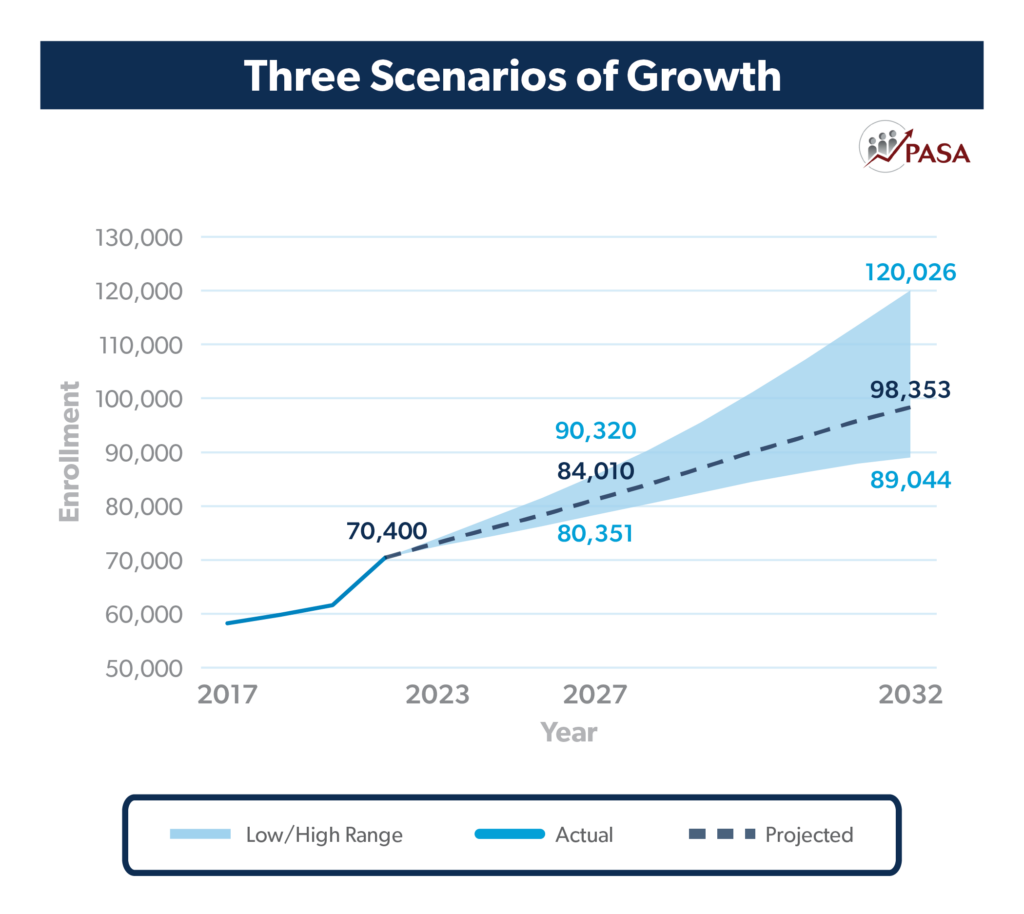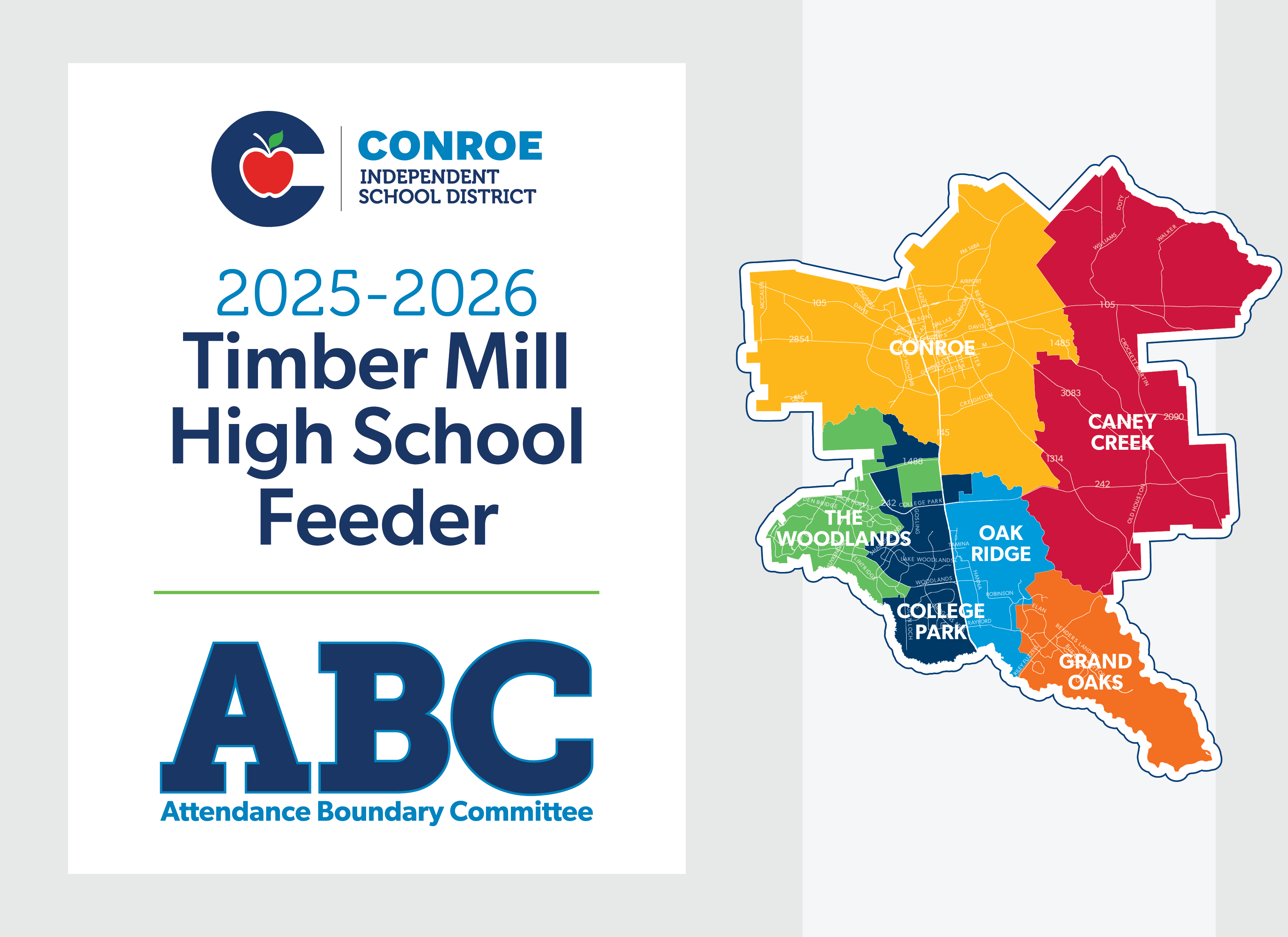Attendance Boundary Process
Zoning Goals & Considerations
The following goals are used as a guide during the District's zoning process:
To be mindful that providing for the education and welfare of all students is our mission.
To draw attendance boundaries which support the efficient and effective use of school facilities and resources, while maintaining our fiscal responsibility to the public.
To plan and allow for future growth through zoning of the existing and new campuses.
To reduce the enrollment at overcrowded campuses.
To communicate information about possible zoning changes to families that may be impacted and to give everyone an opportunity to provide feedback through community meetings, the district website, and in writing.
To establish an ABC that will develop proposed attendance boundary scenarios, will present the scenarios for input at community meetings, and will develop a recommended zoning plan for the Board of Trustees.
Many considerations are given during the process. Possible considerations for the ABC, in no particular order, include:
capacity of campuses
community input
demographic factors
feeder pattern and school history
geographical proximity
location of existing neighborhoods and communities
locations of natural or other boundaries such as major thoroughfares, freeways, railroad tracks, bodies of water, etc.
minimizing the impact on families
number of times the area has been recently rezoned or likely be rezoned in the future
possible location of future schools
projected future enrollment for campuses and,
transportation patterns and considerations such as walking, busing, etc.


